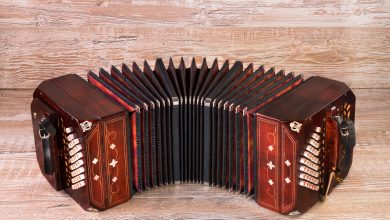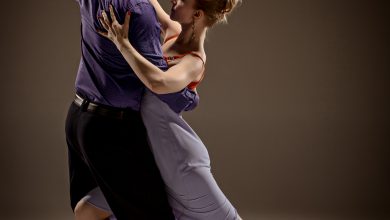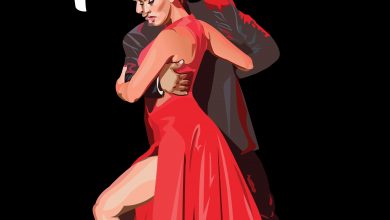The “Europeanization” of Argentine Tango

Finally, argentine tango transcended its Argentinian boundaries, as European orchestras introduced it into their dance repertoires. Non-traditional instruments were added, including the accordion (in place of bandoneon), saxophone, clarinet, ukulele, mandolin, and electric organ. Lyrics were sometimes translated to non-Spanish languages. European tango became a mainstream dance and popular music style, alongside foxtrot, slow waltz, and rumba. It diverged from its Argentinian origin and developed a characteristic European style. Famous European orchestra leaders who adopted tango included Otto Dobrindt, Marek Weber, Oskar Joost, Barnabas von Geczy, Jose Lucchesi, Kurt Widmann, Adalbert Lutter, Paul Godwin, Alexander Tsfasman, and famous singers included Leo Monosson, Zarah Leander, Rudi Schuricke, Tino Rossi, Janus Poplawski, Mieczysław Fogg, and Pyotr Leshchenko. The popularity of European tango declined with the beginning of rock and roll in the late 1950s.




